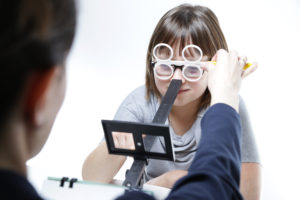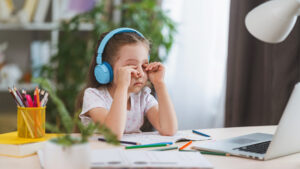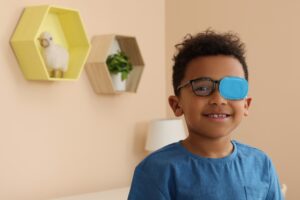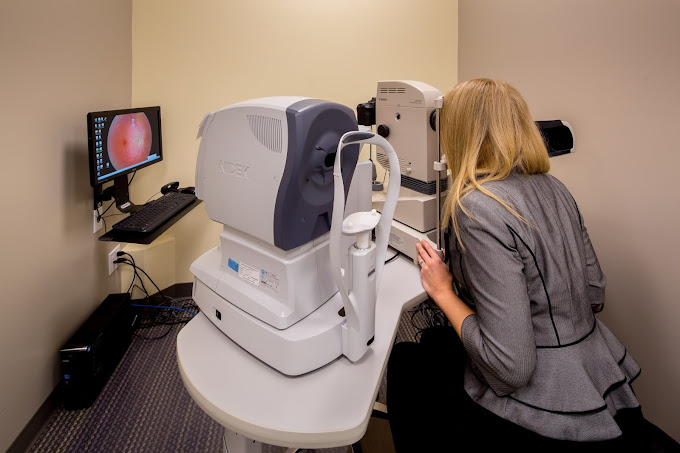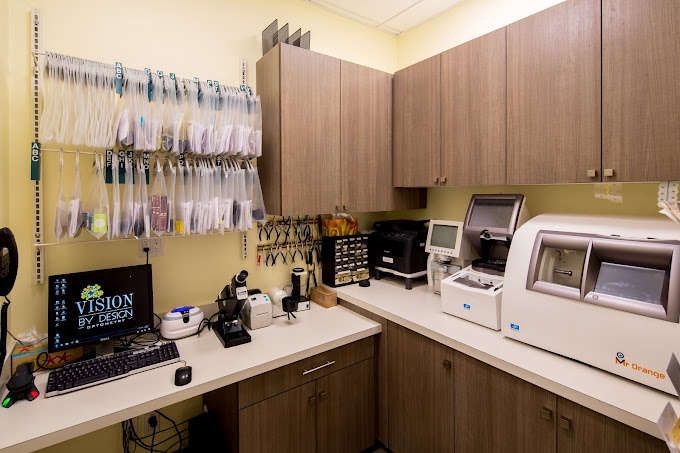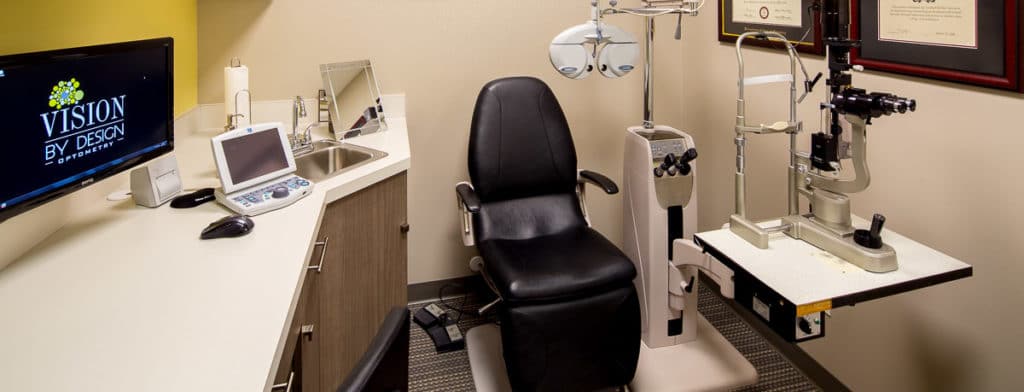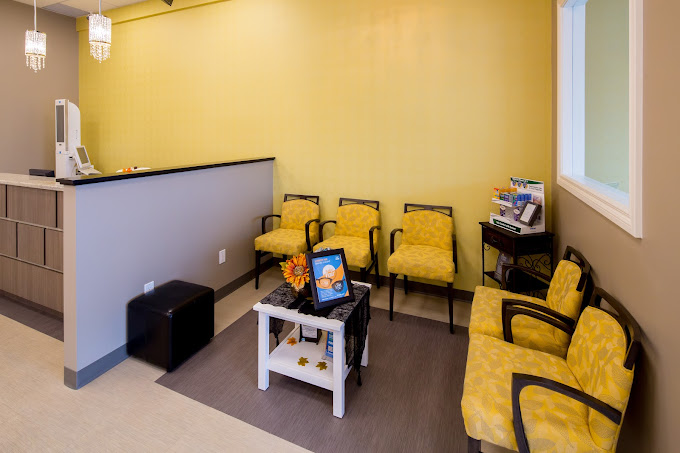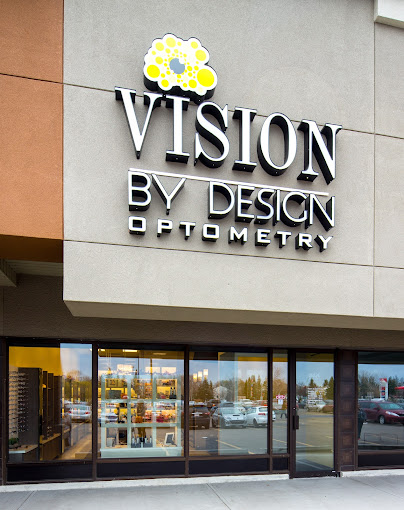Our Services

What is Vision Therapy?
Neuro-Optometric Vision Therapy or Developmental Optometry, is a doctor supervised program of customized activities. Similar to physiotherapy, these exercises are designed to retrain the patient’s brain and eyes to work together and improve vision functioning. Improving eye-tracking, focusing and eye-teaming ability, in addition to hand-eye coordination is the goal of vision therapy treatment. It is very effective in helping those who struggle with reading, memory, visual focus, balance, hand eye coordination and many other vitally important visual tasks.
Vision therapy is effective in children and adults who want to improve their visual abilities. Contact Vision by Design’s vision therapist or Dr. Sarah Keep to see how you or your child can function better in day-to-day activities.
Who Benefits From Vision Therapy?
Vision therapy can be helpful for any patient who wants more efficient visual skills. There are many people who have an undiagnosed vision condition that may be affecting their ability to learn and function in their daily lives.
Vision therapy is beneficial for people of all ages. Recent research in ophthalmology and neuroscience have shown that visual functioning can improve at any age due to neuroplasticity. Vision therapy is effective for children with developmental vision issues as well as for patients who lost visual functioning due to a traumatic brain injury. Vision therapy is able to help children and adults with conditions and symptoms related to:
- Amblyopia
- Strabismus
- Convergence Insufficiency
- Traumatic Brain Injury
- Cerebral Palsy
- Learning Disability
- Down Syndrome
- Autism
- Developmental Disorders
- ADD/ADHD
- Dyslexia
- Anyone seeking to reach peak performance in sports (Sports Vision Training)

